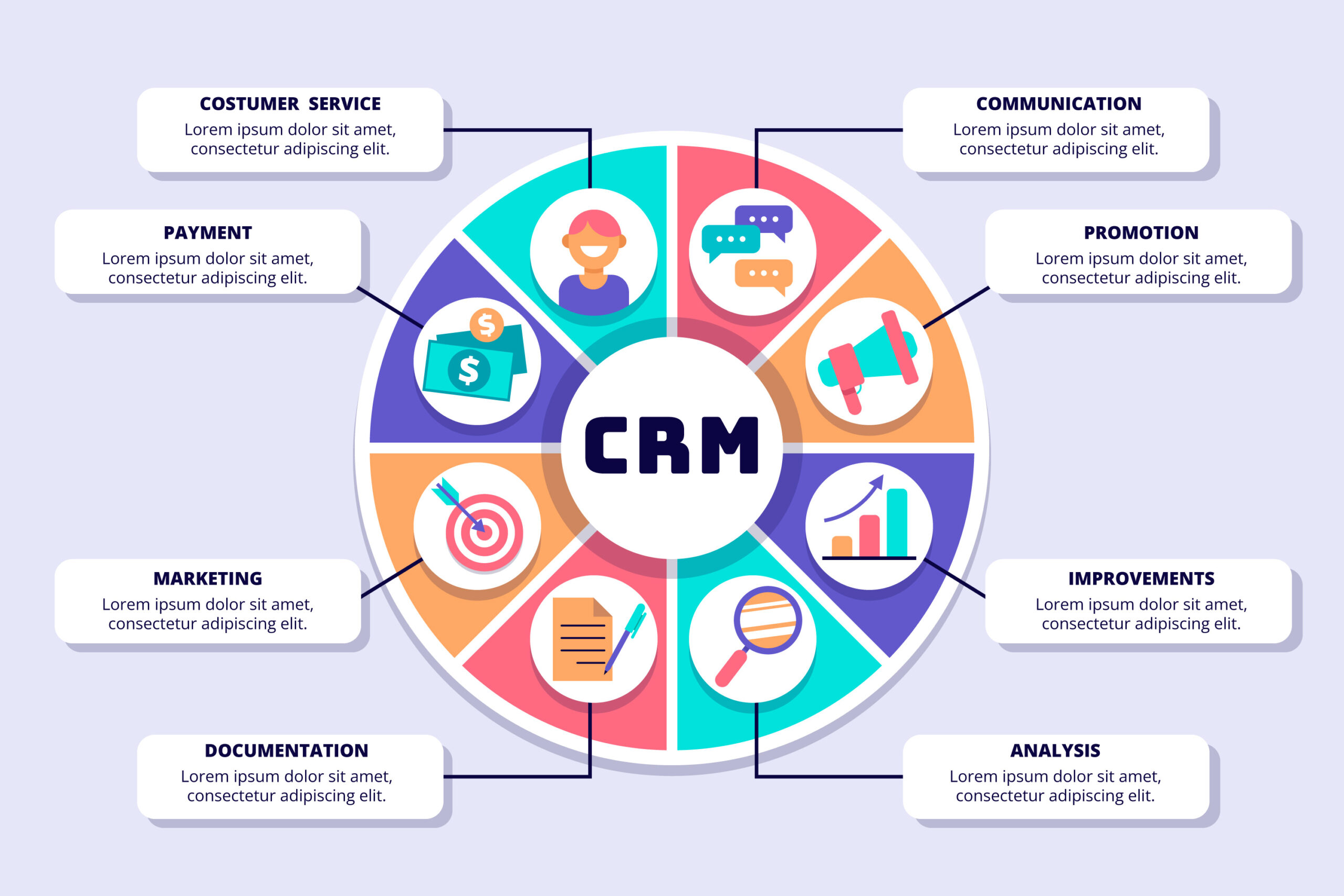Improving User Satisfaction: The Argument for CRM Systems
In today's rapid commercial landscape, the secret to prospering lies in the ability to develop and maintain strong connections with consumers. While companies strive to deliver exceptional experiences, numerous are turning to CRM tools, often known as client relationship software. These online solutions enable businesses to handle their interactions with active and prospective customers more effectively, ultimately improving customer happiness and loyalty.
The benefits of CRM software are manifold. By consolidating customer data and insights in one easy-to-reach location, businesses can tailor their interactions and services to satisfy specific needs. This personalized approach not only streamlines operations but also fosters a genuine connection between brands and their customers. In crm system where customers crave significant interactions, allocating funds in CRM tools becomes not just beneficial but crucial for companies looking to improve their customer experience.

Benefits of CRM Software
A primary advantages of CRM software is enhanced customer relationship management. By consolidating customer information, CRM systems let businesses to have a detailed view of customer interactions and preferences. This information aids in customizing communication and delivering custom services, leading to increased customer satisfaction and loyalty. When customers feel recognized and heard, they are more likely to continue loyal to a brand.
CRM software meanwhile optimizes internal processes, allowing teams to collaborate more effectively. With features such as mutual calendars, task management, and communication tools, team members can work in unison to address customer needs. This efficiency reduces reaction times and ensures that no customer inquiries are overlooked. A well-organized team can deliver a uniform and high-quality experience, which is vital for retaining customers.
Lastly, CRM tools provide essential insights through analytics and reporting features. Businesses can track customer behavior, sales trends, and overall performance metrics to make data-driven decisions. Interpreting these insights allows organizations to enhance their strategies, predict customer needs, and boost product offerings. As a result, companies can not only elevate their current customer experience but also predict future demands, positioning themselves for sustained success.
Essential Aspects to Look For
When selecting CRM software, it is crucial to evaluate easy-to-use interfaces that improve usability for all team members. A well-designed interface improves navigation and minimizes the time spent on training. Features like drag-and-drop features and customizable dashboards allow users to adjust their experience, making it easier to handle customer interactions effectively.
Another important aspect to consider is integration features. The top CRM solutions seamlessly connect with other business tools such as email tools, data analysis tools, and project management tools. This integration ensures that all customer data is gathered in one place, which facilitates better insights and more informed decision-making. Utilizing a unified system minimizes data silos and encourages collaboration across teams.
Lastly, powerful reporting and analytics features are vital for tracking performance and customer behavior. CRM software should offer tailored reports that offer insights into sales patterns, customer feedback, and the effectiveness of campaigns. Such analytics enable businesses to spot strengths and weaknesses in their customer relationship approaches, empowering them to make data-driven adjustments that enhance overall customer experience.
Implementing Customer Relationship Management Tools Successfully
To enhance the advantages of CRM systems, organizations should begin with a clear approach that outlines their individual goals and purposes. This requires identifying the essential areas where CRM can enhance processes, such as lead management, customer service, or sales management. Engaging participants from multiple departments during the development phase ensures that the CRM system fits with the needs of the complete business. Proper planning assists prevent common pitfalls that can result to low adoption or integration difficulties later.
Skill development is crucial for the successful use of CRM software. Delivering comprehensive training for team members allows them understand both how to operate the tool and also the value it brings to their everyday tasks. Encouraging a environment of communication during the training session enables users to communicate their thoughts and offer enhancements. By building a supportive atmosphere, businesses can improve user engagement with the CRM system, resulting to enhanced data input and a more precise customer database.
Finally, ongoing review and improvement are essential to sustaining the efficacy of CRM tools. Organizations should regularly assess their methods and the information gathered through the CRM to determine aspects for improvement. This could mean including additional features, refining workflows, or seeking user feedback to enhance capabilities. By treating CRM use as an ever-evolving endeavor rather than a temporary occurrence, businesses can guarantee that they are consistently aligned their changing client needs and market dynamics, maximizing the power of their CRM tools.